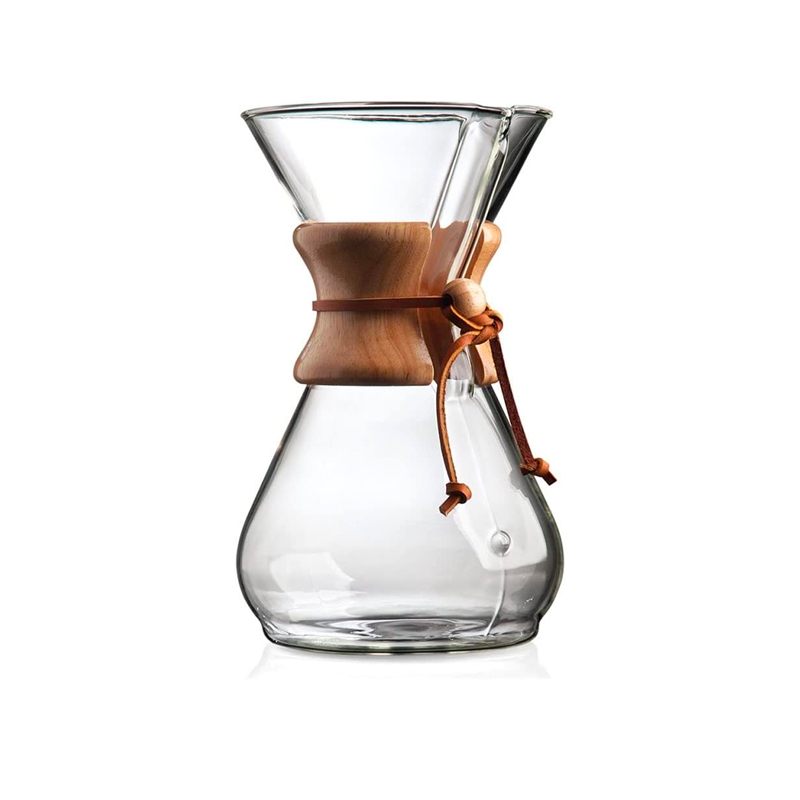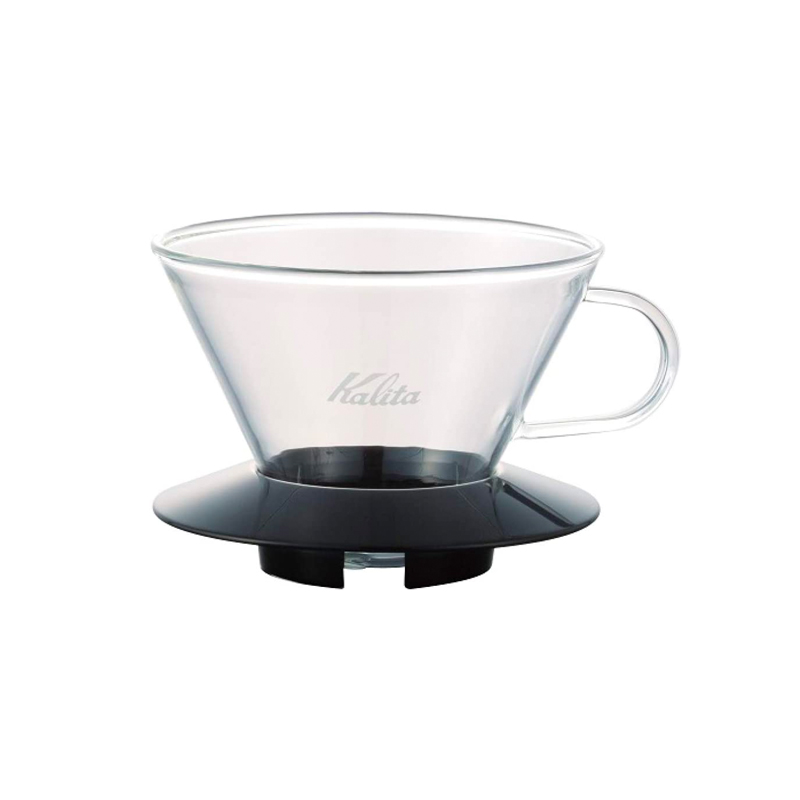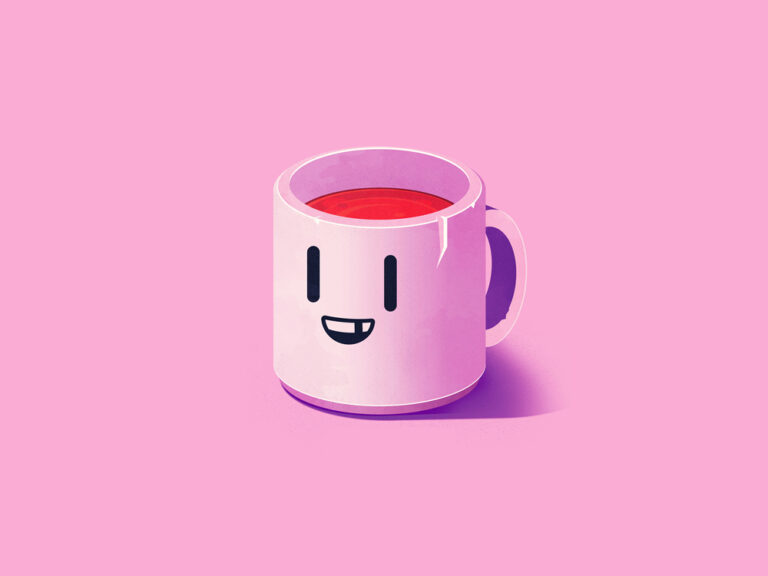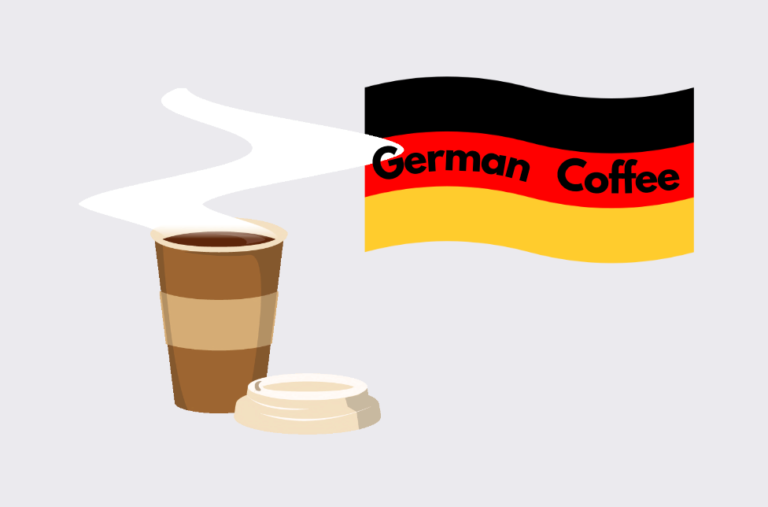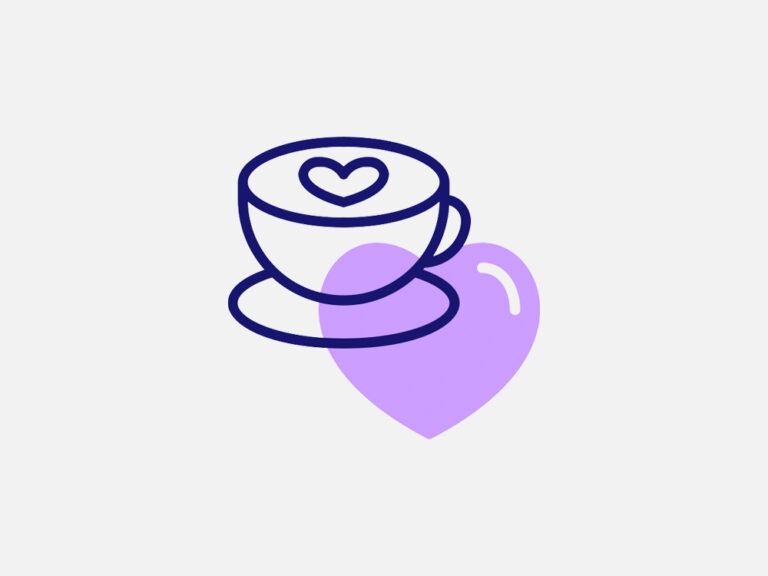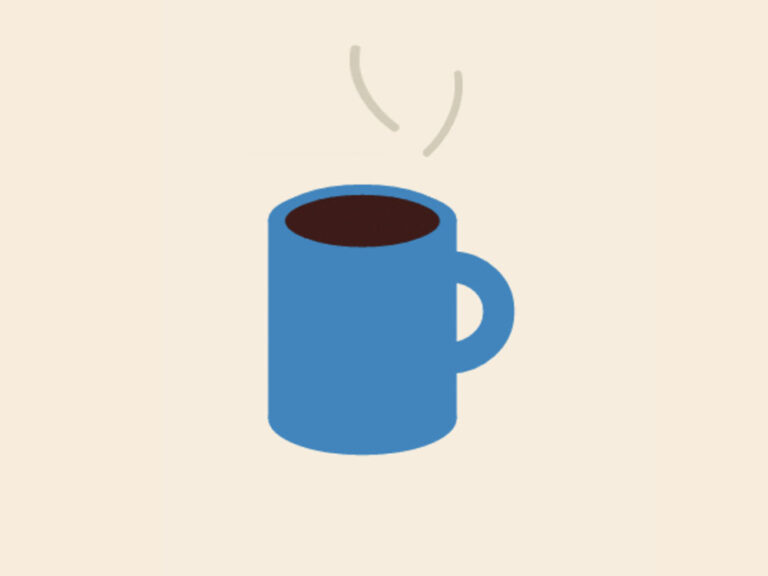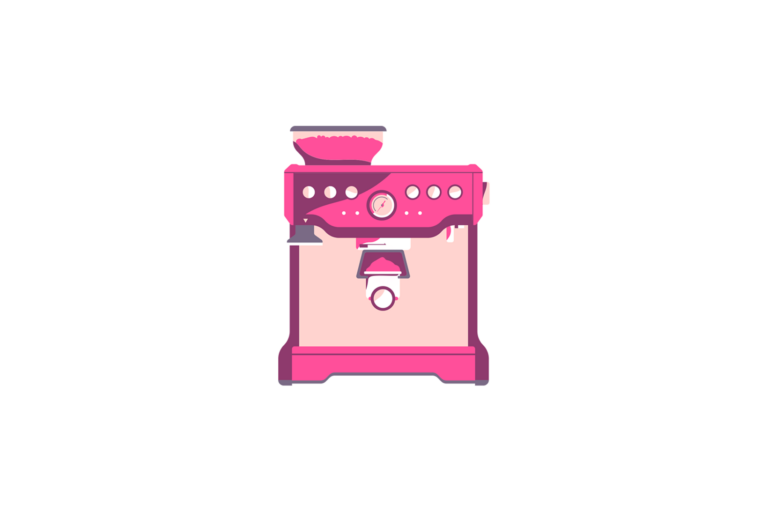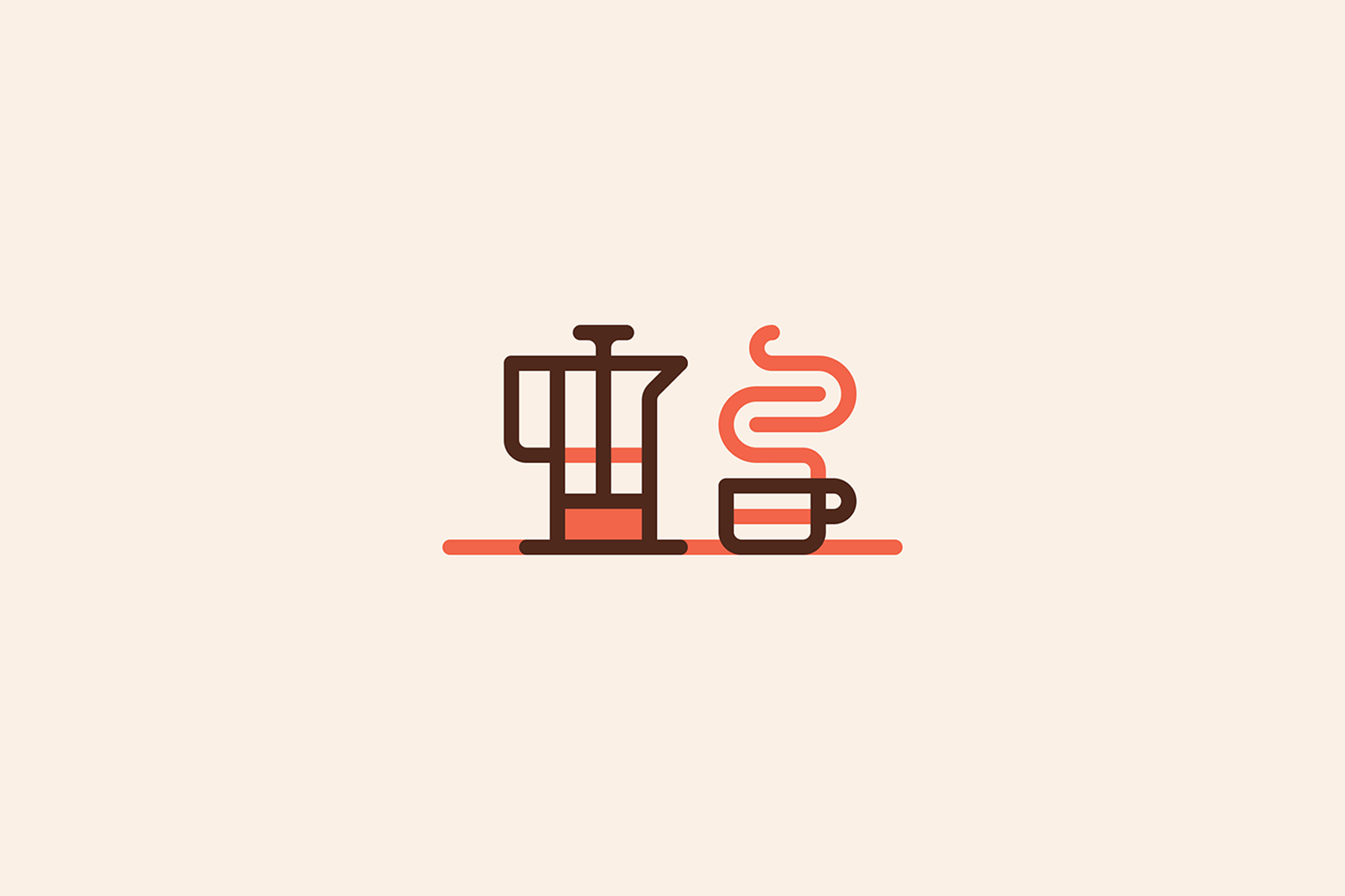
This post may contain affiliate links. As an Amazon Associate and a partner of other brands, I get a small commission if you purchase through my links, at no extra cost from you.
Most of us have a hard time deciding between pour over coffee vs french press. Imagine that you have just started brewing coffee at home.
You even decided to roast coffee beans yourself. The aroma of freshly ground and roasted coffee beans is wafting through your house.
You want to do justice to the high-quality coffee you have and make a perfect cup.
Should you choose the French press for brewing your coffee or go with the pour over method?
That’s what I’m going to help you find out in this article.
We’ll see how these two methods work, how they’re different, and the results they give.
Pour Over Coffee vs French Press – What’s the Basic Difference?
The French press and pour over have two different brewing methods. And this difference translates into the taste of the final cup.
Most coffee lovers can tell which method was used to prepare their coffee.
1. Brewing Method
In a French press, the method used for brewing is immersion. You immerse the coffee beans in hot water and leave them to brew.
For pour over, the brewing method used is infusion. You pour hot water over coffee beans on a filter. Although flavor infuses in the water, many natural oils in the coffee are left behind.
2. Design
A French press has three parts. These include an open-topped cylindrical glass called a carafe, a plunger, and a filter.
The pour over coffee maker consists of a cone-shaped filter, a gooseneck kettle, and a brewer like Chemex. When it comes to any other brewer for pour over vs Chemex, the latter is an obvious winner.
How Does a Pour over Coffee Maker Work?
To make pour over coffee, assemble the coffee maker first. After that, place a cone-shaped filter over the brewer and add ground coffee to it.
A pro tip here is that before you add the ground coffee, pour some hot water on the filter to remove the taste of paper.
Use a gooseneck kettle to pour hot water over the ground coffee in a swirling motion. Make the ground wet and leave it for a minute.
You will see a froth over the ground coffee, which is called bloom.
It helps the coffee develop more flavor. After the bloom, you should pour the rest of the water in swirls.
How Does a French Press Work?
For the French press method, start by heating the water until it almost boils. Add the ground coffee to the carafe and then pour the water into the French press.
Let the ground coffee steep in the French press for about 4 minutes. And stir or swirl the coffee from time to time while you wait.
Push the plunger down after this time to trap the ground coffee at the bottom. And your coffee is ready.
Pour Over Coffee vs French Press – Let’s Compare
So far, we have discussed how each of the coffee makers works. Let’s go further and see how the two compare.
1. Which One Can Help Us Get the Coffee Faster?
At times you will have a few minutes to spare, just enough for brewing a cup of coffee.
That’s why a method that can save you a few extra minutes is always welcome.
The pour over method takes about four to six minutes. You need a few minutes to set up the filter and for the bloom. After that, the brewing takes about four minutes.
The French press method takes about three to four minutes. You don’t need to set a filter, and you can spend more time brewing for stronger coffee.
Also, the pour over method might require warming your brewer and cup. You don’t need to do that with the French press.
Although cleaning the French press is cumbersome, you can deal with that later on when time allows.
2. Cleaning Difficulty
The pour over coffee maker is easy to clean. All you need to do is remove the filter with the ground. And then you can throw it in the bin or compost.
The French press is more difficult to clean. You might have to take it apart for a thorough cleanup.
You will need the ground coffee at the bottom of the French press. Disposing of the ground is another problem.
The ground might be too wet for your trash bin. And they also might clog your drain. You might want to empty your trash or compost them.
3. Convenience
It’s easier to make coffee in a French press, but cleaning it is a chore.
On the flip side, while the brewing process of the pour over method is technical, it’s straightforward to clean.
The convenience of each method comes down to your personal preferences.
If you want to put the least amount of effort into brewing coffee, the French press is the way to go.
If you don’t want to spend more time cleaning later on but don’t mind the effort of brewing, the pour over method is more convenient.
4. Control
Most coffee lovers want more control in the brewing process. They want their coffee to be “just right” and tailor-made for their unique taste.
You can adjust the brewing time for a stronger or lighter coffee in both methods.
But this adjustment is easier for the French press method.
You only need to let the ground coffee sit in the water for a longer or shorter time.
That’s why you can have better control of the coffee strength in the French press method.
5. Handling
You can mess up both methods if you’re not careful. But the pour over method is a little more tricky and has more variables.
That’s why it’s easier to go wrong with it, especially if you’re a beginner.
If you forget to bloom the ground coffee, the flavor won’t have a chance to develop.
And if your container or Chemex is cold, the coffee might be lukewarm. Nobody likes that!
The swirling motion can also be challenging. You might be hitting the filter instead of the ground coffee, which would result in watery coffee.
With a French press, you don’t have these problems.
But you can mess it up if you leave the ground coffee too long. You need to drink it in a short time to prevent the coffee from getting bitter.
6. Let’s Talk Flavor
In the pour over coffee vs french press showdown for best flavor, there is no clear winner.
Each type of coffee has a distinct flavor. The one you prefer depends on your unique palette.
There is no filter in the French press. That’s why coffee oils seep out into the water, which gives the coffee a more dense mouthfeel.
In contrast, pour over coffee has a light and silky mouthfeel because oils are filtered out. pour over coffee also has less strength.
Coffee from the French press is bolder and richer.
The advantage of pour over coffee, however, is that it enhances subtle notes in coffee. Hints of fruitiness, nuttiness, caramel etc, will be more pronounced.
The French press also doesn’t completely filter out the grit in coffee.
The sediment can feel the grit, especially in the last few sips of the coffee.
The pour over method does a better job at filtering, and that’s why it is more smooth than coffee from the French press.
Pros of Pour Over Method
Here’s an overview of all the good and not-so-good things about the pour over method.
Cons of Pour Over Method
Pros of the French Press Method
Here’s an overview of the merits and demerits of the French press method:
Cons of the French Press Method
How to Buy the Best Coffee Maker for Both Methods
By now, you know the differences when it comes to pour over coffee vs french press.
You might even have an idea about which method you prefer.
But you can’t know for sure unless you try both methods with the best equipment.
Here are some pointers and suggestions to help you buy the best coffee maker for both French Press and Pour Over. 👇
Pour Over Coffee Maker
The pour over coffee method requires more accessories than the French press. These include:
- A paper of reusable filter
- A gooseneck kettle
- A brewer or container
You can easily find a Gooseneck Kettle on Amazon. For the filter, you can use either reusable or paper filters. Both of these are sustainable options if you compost the paper ones.
The brewer has a significant impact on the coffee, so let’s go over some options you can buy.
1. Chemex
Chemex is the most famous brewer for the pour over method. A German scientist invented it with a laboratory apparatus that had a special, borosilicate glass.
The Chemex has an iconic look, and it’s perfect for aesthetic Instagram pictures.
But the best part about it is the consistent cup of coffee that it makes won’t lose flavor no matter where you store it.
2. Kalita Wave Pour Over Maker
The Kalita is another popular brewer used for pour over coffee. It is more modern than the Chemex and should be purchased with Kalita filters.
The design of the Kalita ensures that the water has maximum contact with the ground coffee.
And that makes a consistent brew and a satisfying depth of flavor.
French Press
All you need for the French press method is a French press.
No extra equipment, nothing more! So, here are some of the best options.
1. Frieling Double Wall Stainless Steel
The Frieling has an elegant look. It has layers of filter that remove the maximum amount of grit for a smoother cup.
The double-wall keeps your coffee piping hot for a longer time. The stainless steel also makes it more durable than a glass French press.
2. Bodum Chambord
The Bodum Chambord is a glass French press with a vintage look.
It doesn’t completely filter out the grit like most modern French presses.
But it provides a deep flavor that most French press lovers crave.
A little bit of grit is tolerable when you get that classic flavor.
Which Coffee Brewing Method is the Healthiest Between These Two?
The difference in health benefits of the two methods exists because one of them is filtered while the other is not.
The unfiltered French press method makes coffee that has oils from the coffee beans.
The oils have cafestol and kahweol. And these two compounds have been linked to increased cholesterol.
But the amount of these compounds presents in the coffee that an average person drinks is too low to have an effect.
And some studies even showed these compounds to have benefits like killing cancer cells.
So that’s one reason not to be afraid of the French press. Both methods make coffee that’s full of antioxidants and compounds that are good for you.
Final Thoughts on Pour Over Coffee vs French Press
Both pour over and French press methods are excellent options for brewing coffee.
There is no winner between the two because it all comes down to your unique and subjective taste.
Pour over coffee is for people who prefer a lighter brew. If you love black coffee and hints of different flavors, this method is perfect for you.
If you want a stronger cup that packs a punch, the French press is the one for you.
And when you develop a preference for flavor, the convenience issues with both will matter less.

